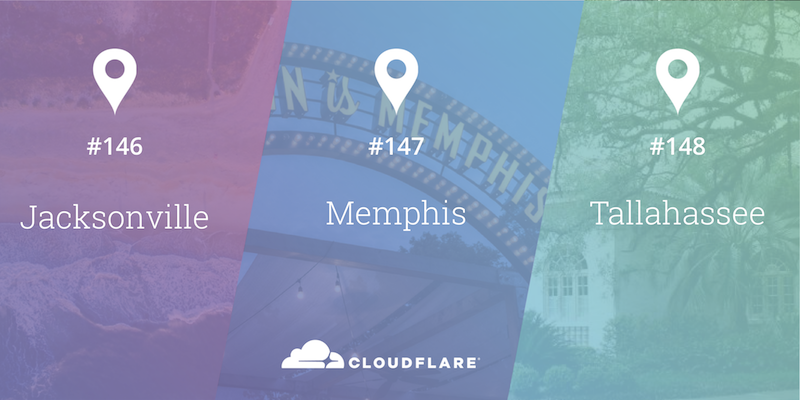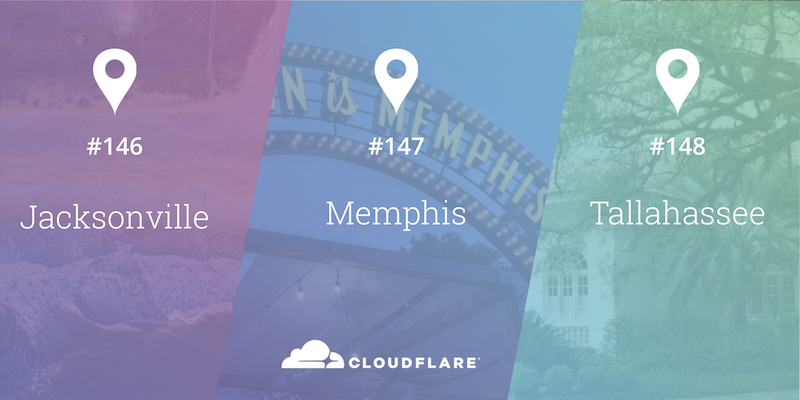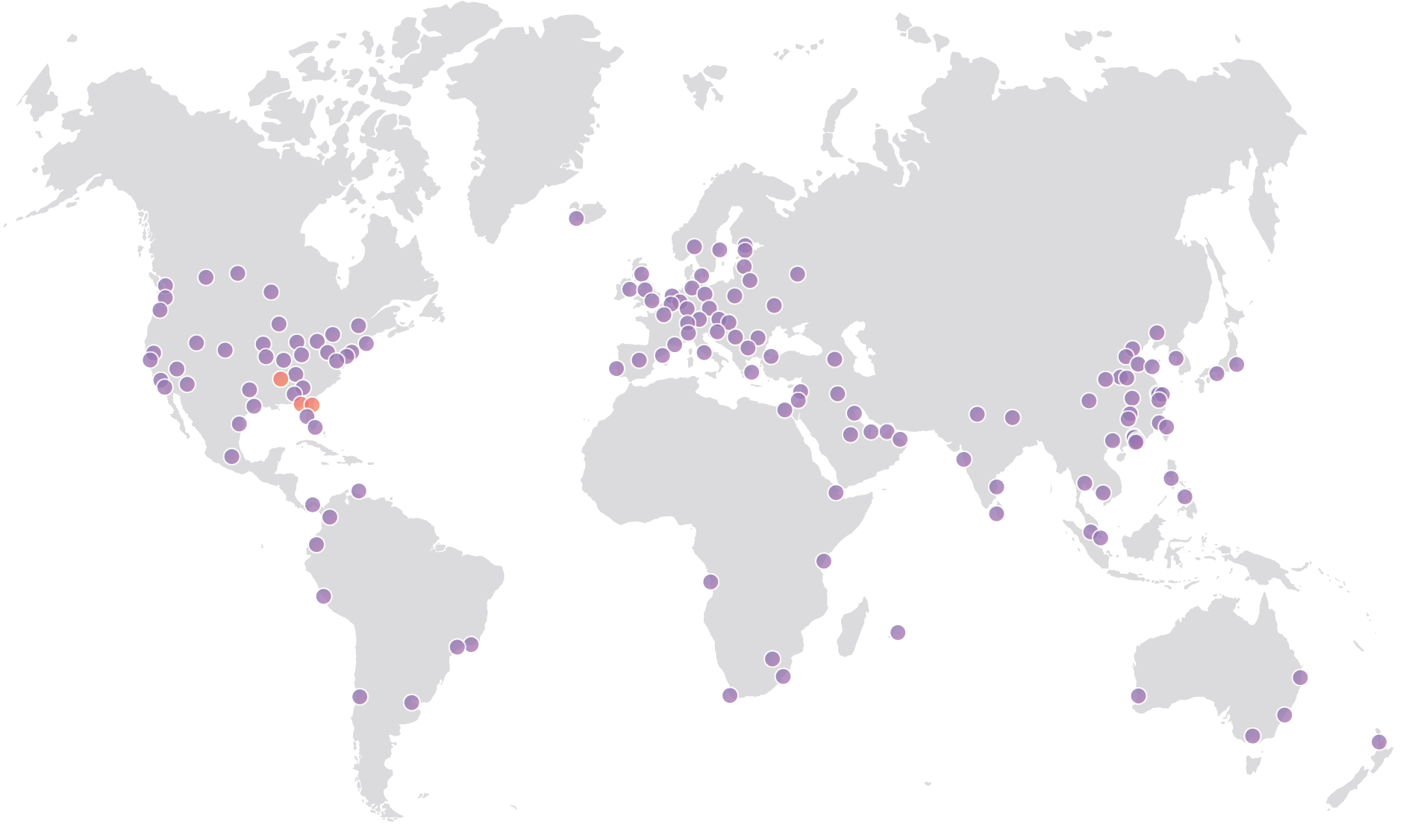Juma Baldeh: Breaking Barriers to Access in Gambia
How do you shift the cultural stigma around technology and gender? As Juma Baldeh has proven in Gambia, you do it one girl at a time. Baldeh founded Hackathon Girls Banjul for girls ages 8 to 18 in her home country, in coordination with the Mozilla Foundation. As the first technology club of its kind there, members receive six months of free weekly classes on web literacy and basic computing skills. More importantly, the club gives more than 40 girls a safe space to collaborate and share experiences as they work together on projects for a tech-savvy Gambia.
“Too often I witness young girls, who are skilled in math and science, lose hope as they prepare for interviews and professional positions,” Baldeh said. “Right now, many girls in this field leave it because they think computer jobs are too difficult and they lose confidence at some point.”
The club started with a small space and just five girls, training to be proficient in basic computing skills, computer programing, online security and privacy, and research and networking. Through these skills the girls can then go on to civic participation, economic empowerment, and leadership roles. One of the many problems with Continue reading
 The two platforms were used together during a demonstration to show an ability to run ONAP on any public, private, or hybrid cloud.
The two platforms were used together during a demonstration to show an ability to run ONAP on any public, private, or hybrid cloud. The endpoint security platform protected Red Bull from the WannaCry ransomware attack and helps the energy drink maker’s head of digital security sleep at night.
The endpoint security platform protected Red Bull from the WannaCry ransomware attack and helps the energy drink maker’s head of digital security sleep at night.









 Unfortunately for vendors, they don’t have the luxury of sitting on stage and defending their point of view. But vendors aren’t going to provide products based on open source unless there’s money to be made.
Unfortunately for vendors, they don’t have the luxury of sitting on stage and defending their point of view. But vendors aren’t going to provide products based on open source unless there’s money to be made.

 Photo of Jacksonville Beach by
Photo of Jacksonville Beach by 
 The open source workload identity framework projects are modeled after similar systems at Google, Netflix, and Twitter.
The open source workload identity framework projects are modeled after similar systems at Google, Netflix, and Twitter. The disaggregation of the control plane and data plane with open interfaces feels a bit like the free-wheeling days of the early internet.
The disaggregation of the control plane and data plane with open interfaces feels a bit like the free-wheeling days of the early internet.